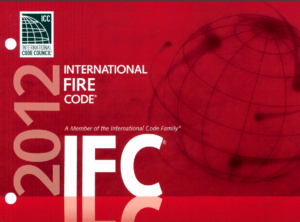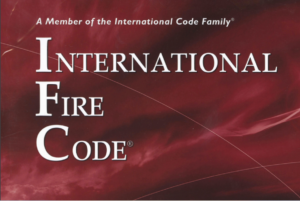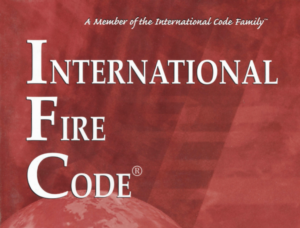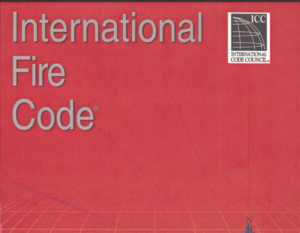The 2007 edition of NFPA 10 provides comprehensive guidelines for the selection, installation, inspection, maintenance, and testing of portable fire extinguishers. It emphasizes that portable extinguishers are crucial as the first line of defense against small fires, regardless of whether buildings have more extensive fire suppression systems like automatic sprinklers or standpipes. This standard is intended for individuals responsible for these fire safety tools, ensuring they are equipped to select, manage, and maintain extinguishers effectively.
The standard specifies that while it sets the minimum requirements, it does not cover permanently installed fire extinguishing systems, which may have portable components. It also encourages the adoption of new technologies and alternative safety arrangements as long as they provide equal or greater levels of protection and are approved by the authority having jurisdiction.
Additionally, the document integrates both the International System of Units (SI) and customary units, providing conversion factors to ensure clarity and usability across different regions and industries. The standard also details how to handle extracted text from other NFPA documents to maintain consistency and accuracy.
This edition of NFPA 10 also lists numerous NFPA standards and publications related to various aspects of fire safety, ranging from specific types of fire extinguishers to standards for different facilities and operations, emphasizing the importance of adhering to updated safety protocols across diverse environments. Furthermore, it references other significant publications and standards from organizations like ASTM and CGA, ensuring a broad, well-rounded approach to fire safety standards and practices.






